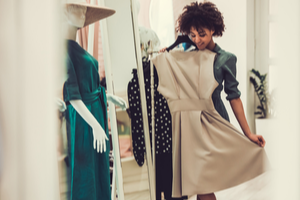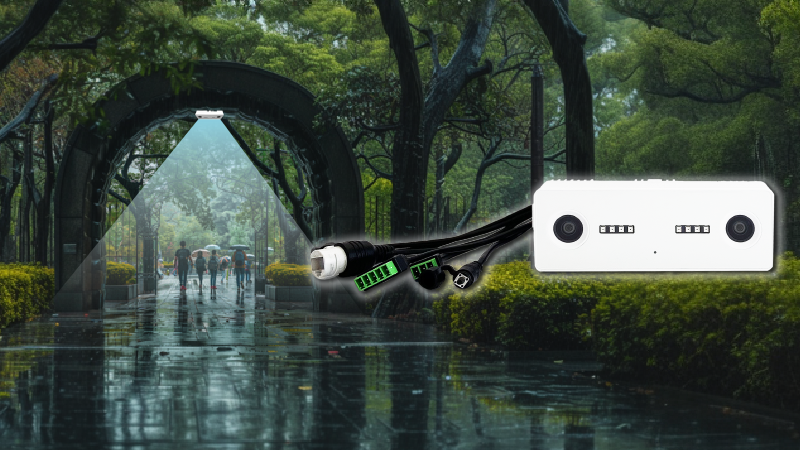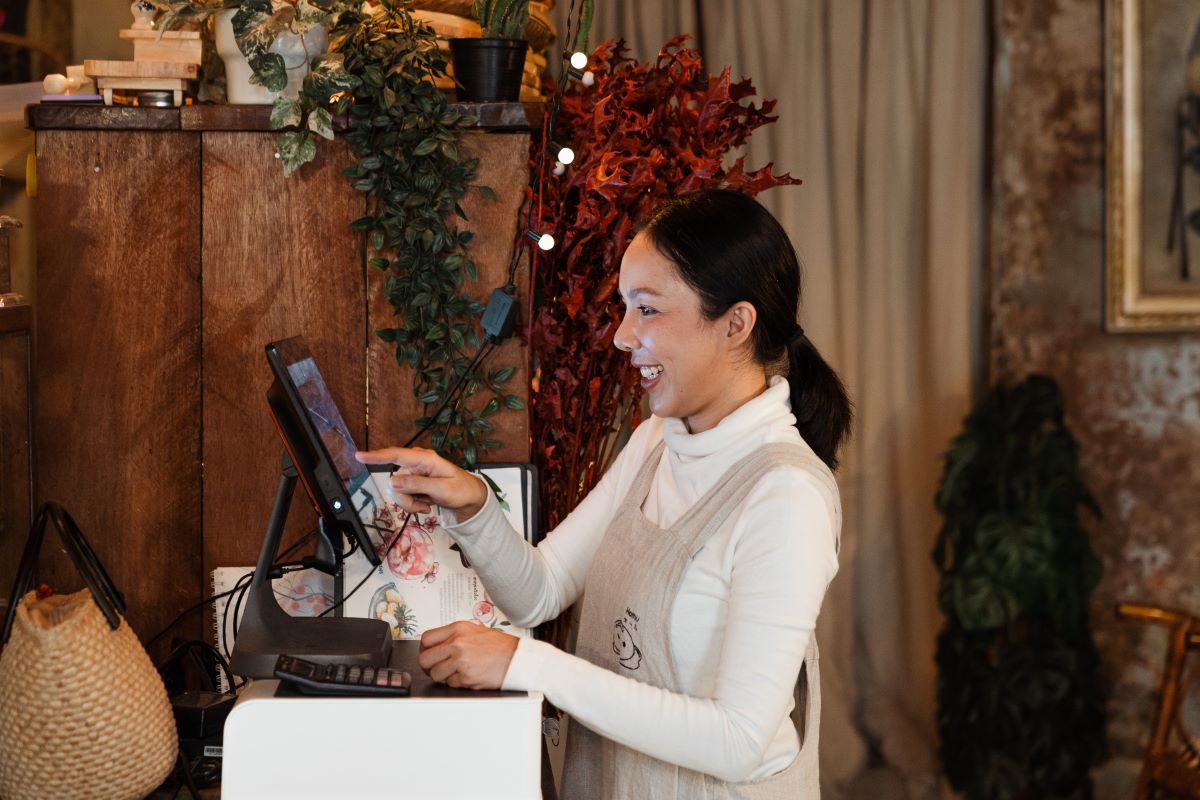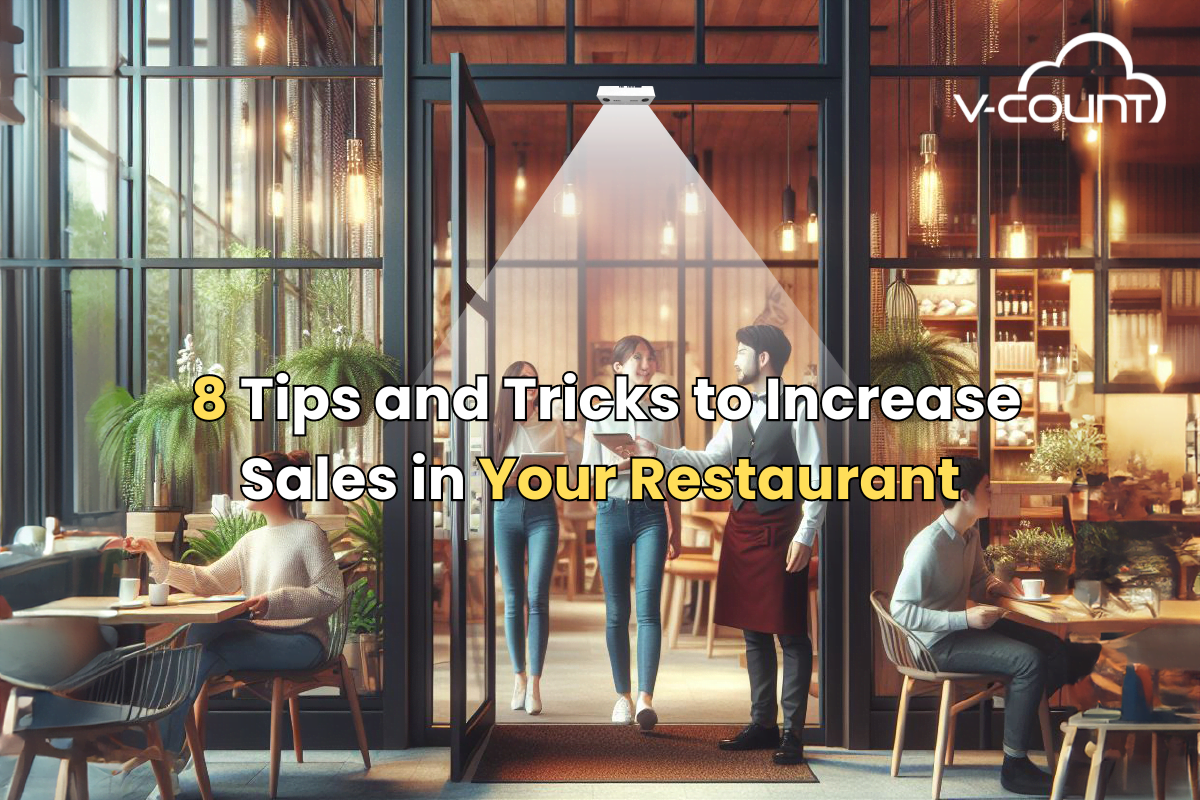 As retail stores reopen once again, an all too familiar feeling still greets customers as they enter through the doors, the sudden but welcome swish of cold air, the glow of polished marble floors, and the excitement of not knowing where to start.
As retail stores reopen once again, an all too familiar feeling still greets customers as they enter through the doors, the sudden but welcome swish of cold air, the glow of polished marble floors, and the excitement of not knowing where to start.
Beyond the doors, however, lie new and unfamiliar sights: hand-sanitizer stands and dispensers scattered around the corners and on every surface, employees smizing and welcoming customers through their face masks, signs displaying safety measures on every wall, and stamped trails of warnings reminding and guiding shoppers to maintain social distancing.
E-Commerce Will Never Replace Brick & Mortars
The COVID-19 era has vividly demonstrated a chilling effect on shopping in physical spaces. And while retail sales plummeted back in April, the world of retail is reawakening after months of shutting down.
Stay-home lockdowns are beginning to lift, and retail stores have been among the first to come back, rolling out detailed safety plans; The plans are somewhat similar everywhere: Employees must wear face masks and undergo health screenings. Store layouts will be redesigned to create more space and promote one-way traffic flows. Customer occupancy should be limited according to the size of the store. Stores should be cleaned more often, and hand sanitizers should be liberally available.
This is what shopping will look like in the upcoming phase. And while it’s different from anything customers have experienced  before, many are itching to have this kind of shopping experience again, and still prefer to shop and browse in physical stores over online. Here’s why:
before, many are itching to have this kind of shopping experience again, and still prefer to shop and browse in physical stores over online. Here’s why:
In brick-and-mortar stores, consumers can enjoy the human element of speaking with employees and asking questions about the products or services. Brick-and-mortar stores have the ability to offer a shopping experience where consumers can try on clothes, or test a product like a video game or laptop. Brick-and-mortar businesses also give consumers instant gratification when they make a purchase. Some consumers are also cautious about using their credit cards online and often link the legitimacy of a business with its physical presence that fosters a perception of trust.
Time To Be Extra
Retail stores, especially high-end ones, have always tried to hide their maintenance efforts from customers, as not to dim the appeal of luxury. Not anymore.
For pandemic-era retailers, the more obvious the signs of cleaning, the better.
Visibility gives a sense of relief, shoppers need reassurance, and that starts at the very entrances to the stores.
So, in addition to the usual face masks and temperature checks, many retail stores are utilizing people counting and visitor analytics solutions to reassure their customers.
Among the solutions retailers are using is real-time occupancy. It’s quite easy to use and install; V-Count connects a business intelligence cloud platform to digital screens at the entrances of stores, these screens display the numbers of people inside in real-time, and whether it is safe or not to enter. Staff can also stay informed with email and mobile alerts when limits are reached, thus limiting their exposure and keeping them and the customers safe.
Another benefit offered by the VCARE occupancy solution is facility management. Retailers can monitor and manage their occupancy for different zones – like toilets or elevators – to optimize sanitization depending on customer traffic, thus ensuring that everything is squeaky clean at all times.
Heatmap analysis is also an excellent solution for stores looking to redesign their space’s layout to minimize risks. Heatmap analytics allow stores to grasp the visitors’ actions within the stores, which areas they are most attracted to, what products they search for, and what motivates them to buy.
These solutions give retailers much-needed leverage to come back even stronger and offer customers the reassurance and motivation they need to get back into the shopping game while adding a techy element of luxury to the shopping experience.






